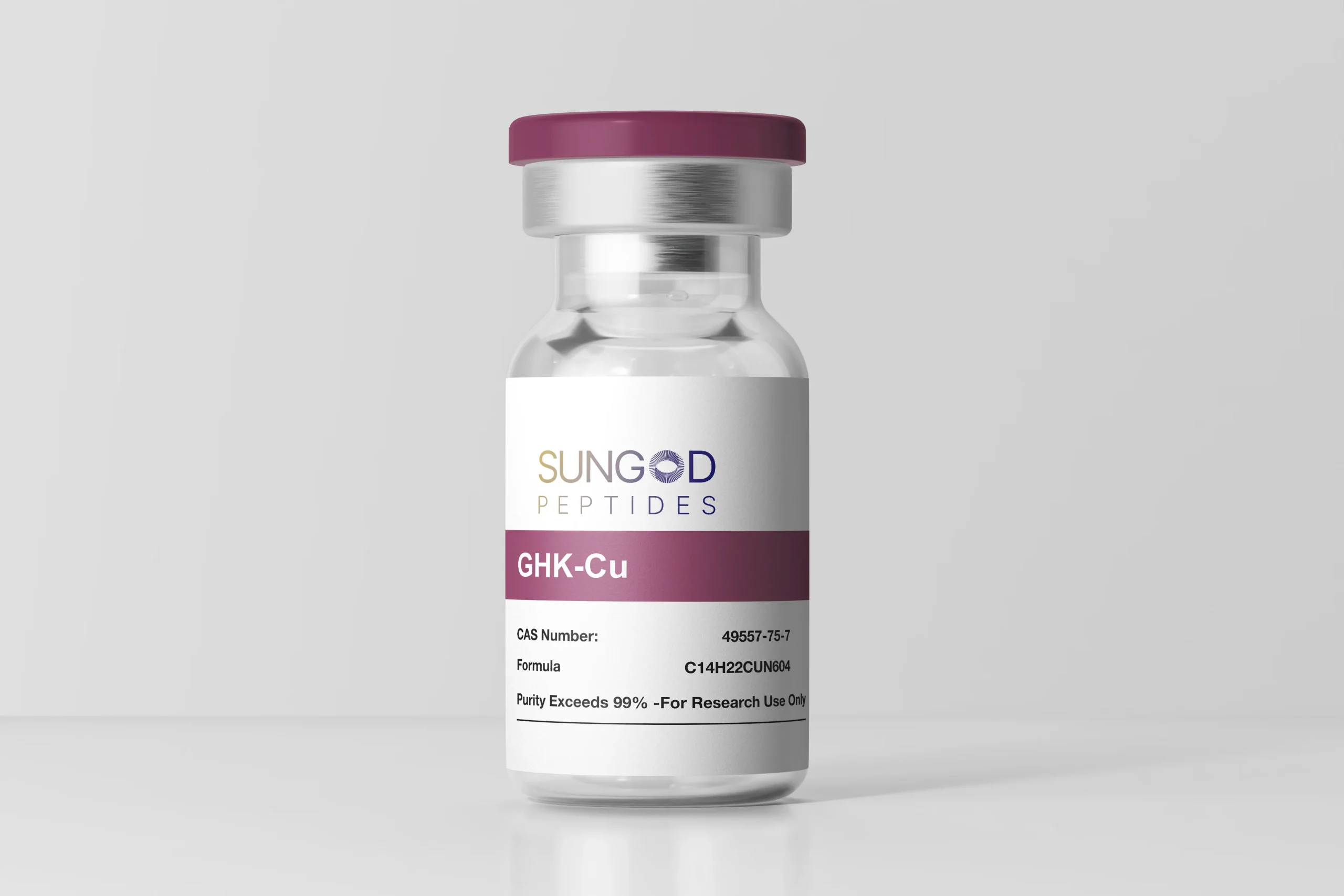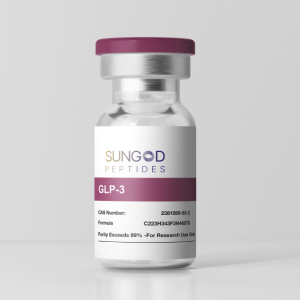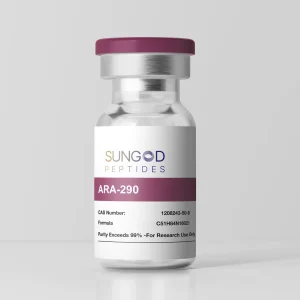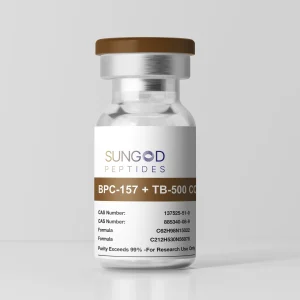GHK-Cu
$69.00
GHK-Cu
Islip
Pickup available, usually ready in 24 hours
3 Grant Ave.
Ste. B
Islip NY 11751
United States
+16316770030
GHK-Cu (Glycyl-L-Histidyl-L-Lysine-Copper) is a naturally occurring tripeptide that binds copper ions and plays a vital role in skin repair, wound healing, hair growth, and anti-aging. With high affinity for copper and a presence in human plasma and tissues, it is widely used in regenerative and cosmetic applications due to its ability to stimulate collagen production, modulate gene expression, and provide antioxidant and anti-inflammatory benefits.
Applications
- Skin rejuvenation and anti-aging treatments
- Wound healing and tissue regeneration
- Hair restoration and hair growth stimulation
- Anti-inflammatory support
- Antioxidant defense against oxidative stress
- Immune modulation
- Potential anti-cancer therapy (under investigation)
- UV protection and environmental stress defense
Mechanism of Action
Copper Delivery: Delivers bioavailable copper, critical for enzymatic processes and skin remodeling
Collagen and ECM Synthesis: Promotes production of collagen, elastin, and glycosaminoglycans for structural repair
Gene Expression Modulation: Influences thousands of genes involved in healing, inflammation, and anti-aging pathways
Antioxidant Defense: Stimulates superoxide dismutase to mitigate free radical damage
Hair Follicle Activation: Stimulates dermal papilla cells, increasing follicle size and hair density
Key Research Studies
1. Wound Healing and Regeneration
- Study: Pickart et al., Journal of Investigative Dermatology, 1999
- Findings: Stimulated collagen, elastin, and GAG synthesis; promoted angiogenesis and reduced inflammation
2. Skin Rejuvenation
- Study: Loren Pickart, Journal of Cosmetic Dermatology, 2004
- Findings: Improved skin thickness, elasticity, and hydration; reduced wrinkles and hyperpigmentation
3. Hair Growth
- Study: Hair Growth Research Journal, 2007
- Findings: Increased follicle size, stimulated dermal papilla cells, extended anagen phase
4. Gene Modulation
- Study: Pickart et al., Journal of Genomic Research, 2012
- Findings: Influenced 4,000+ genes related to repair, inflammation, and tissue remodeling
5. Antioxidant Activity
- Study: Cellular Antioxidant Research, 2010
- Findings: Stimulated superoxide dismutase (SOD) to protect against oxidative stress
6. Inflammation Reduction
- Study: Inflammatory Research Studies, 2013
- Findings: Lowered pro-inflammatory cytokines, accelerating tissue recovery
7. Anti-Cancer Potential
- Study: Oncology Research Journal, 2016
- Findings: Suggested inhibitory effects on cancer cell growth and pro-apoptotic gene expression (preliminary)
8. UV Protection
- Study: Dermatology Science Journal, 2015
- Findings: Reduced UV-induced DNA damage and promoted faster skin healing
Biological Effects and Benefits
Skin Rejuvenation:
Boosts collagen, elastin, and hyaluronic acid production; reduces signs of aging
Wound Healing:
Accelerates skin regeneration and reduces scarring
Hair Growth:
Enlarges follicles, strengthens hair, and extends growth phase
Anti-Inflammatory:
Calms inflamed tissues by modulating cytokine levels
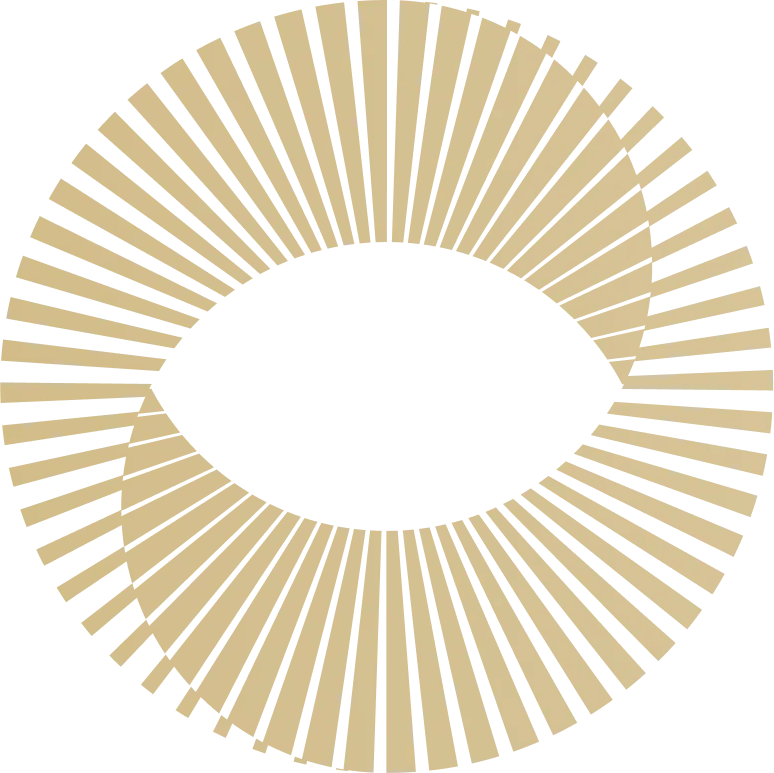
Antioxidant Protection:
Activates SOD to neutralize oxidative damage
Immune Support:
Enhances immune response during healing
UV and Environmental Defense:
Protects skin from photoaging and oxidative stress
Potential Anti-Cancer:
Early data shows regulation of genes involved in tumor suppression
Molecular Structure

- Full Name: Glycyl-L-Histidyl-L-Lysine Copper Complex
- Peptide Sequence: Gly-His-Lys (GHK)
- Molecular Formula: C₁₄H₂₄N₆O₄Cu
- Molecular Weight: 340.85 g/mol
- Structure Notes: Linear tripeptide chelated to a copper ion (Cu²⁺); biologically active form involved in enzymatic and gene regulation functions
